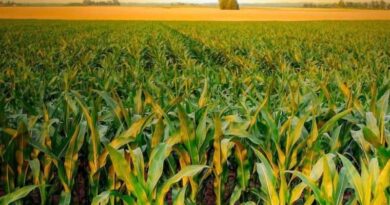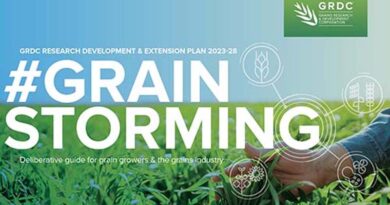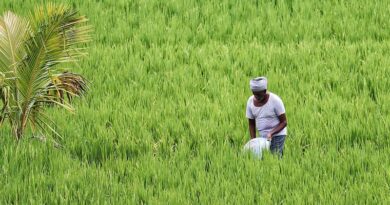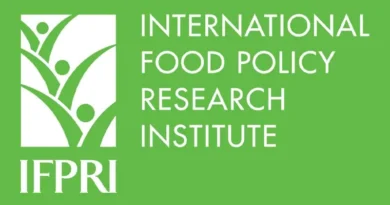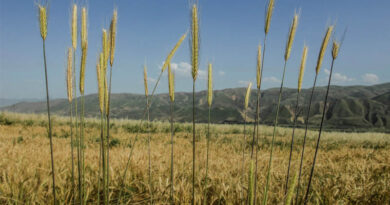GRDC invests $17.5M to unify key trade and market services
18 January 2023, AU: The Grains Research and Development Corporation (GRDC) has committed more than $17.5 million over four years to Grains Australia Limited to bolster the competitiveness and profitability of the nation’s grain sector across the value chain in domestic and international markets.
Established by GRDC in 2020, Grains Australia delivers ‘industry good’ services and functions on behalf of the grains sector including classification, trade and market access, market information and education with the aim of ensuring Australia has a collaborative and unified approach.
The Australian grains sector is worth $16.7 billion on average each year with grain growers producing around 46.8 million tonnes of grain annually according to the latest figures from the Australian Bureau of Agricultural and Resource Economics and Sciences (ABARES).
GRDC Chair and grain grower John Woods says the decision to invest in Grains Australia on behalf of the nation’s grain growers was a critical, considered move to support the sector’s long-term competitiveness and profitability.
“During the most recent season we faced harvest challenges and crop downgrades in eastern Australian and supply chain issues in the west, so it is more apparent than ever that consolidating ‘industry good’ functions and services is critical for our industry,” Mr Woods says.
“Marketplace dynamics are changing, and national and international markets and supply chain logistics continue to be volatile and challenging and are likely to remain that way into the future.
“There has never been a more important time to have a collaborative and unified approach. Grains Australia is leading the way for the industry and playing a core role in managing variety classification, market access, market information and education.
“In these changing times it is imperative we have an in-depth understanding of markets and classification preferences, and equally important that we have a mechanism for relaying that information back to the entire grains supply chain so our sector can proactively respond to market trends.”
Grains Australia Chair Terry Enright says the formation of Grains Australia by GRDC in 2020 was an important investment in the future for the nation’s grain growers.
“In establishing Grains Australia, GRDC recognised the need for an industry organisation that works across functions to bring value across the entire supply chain,” Mr Enright says.
“Now GRDC’s decision to continue investing in the work of Grains Australia means we can continue to deliver the critical functions required to support the Australian grains industry’s development and profitability.
“We service the connection between what the market wants and what the industry can provide, enabling a value exchange between Australian growers and our end-users around the world.”
Recently, Grains Australia appointed well-known grains industry leader Richard Simonaitis to the Chief Executive Officer after nearly a decade at the helm of the Australian Export Grains Innovation Centre (AEGIC) in Perth.
Mr Simonaitis will continue the momentum for Grains Australia that has already seen the integration of Wheat Quality Australia, the Grains Industry Market Access Forum (GIMAF), Barley Australia, The National Working Party on Grain Protection (NWPGP) and established a national oats council.
Looking ahead, Grains Australia will focus on key programs to deliver benefits back to growers including:
- A feed grain into Indonesia market access and education initiative
- Malting and brewing barley into Brazil market access and education initiative
- Further improve variety classification systems for wheat, barley and oats; and
- Developing the industry-first pulse classification framework which will value add to the pulse industry by enabling Australian product to be differentiated in key export markets delivering greater returns for growers over the long-term.
Importantly, Mr Simonaitis says the introduction of a pulse classification system would provide an opportunity to improve product consistency and emphasis on the quality characteristics of Australian pulses that are sought after by consumers.
“The first phase of this work will be focused on an Australian lentil classification framework that can be used as a basis for other pulse crops, generating additional value from the initial investment,” he says.
“Early in 2023, we will appoint a specialist steering committee to consider how the classification system will meet the needs of key markets for Australian lentils, what customers in those markets want, and how to communicate those quality characteristics.”
Also Read: Union Bank sanctions loans for 150 Garuda Kisan drones under Kisan Pushpak scheme
(For Latest Agriculture News & Updates, follow Krishak Jagat on Google News)


